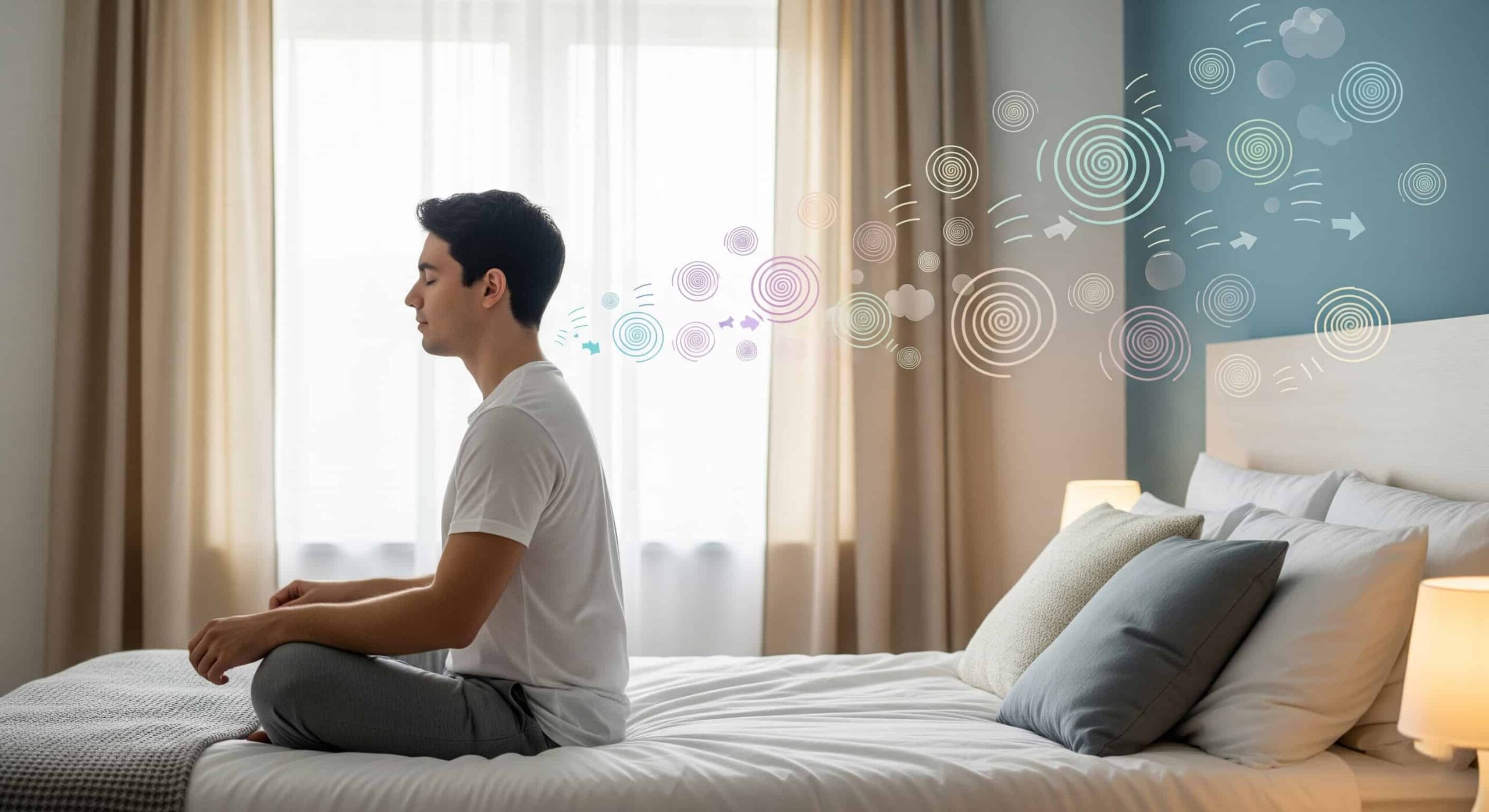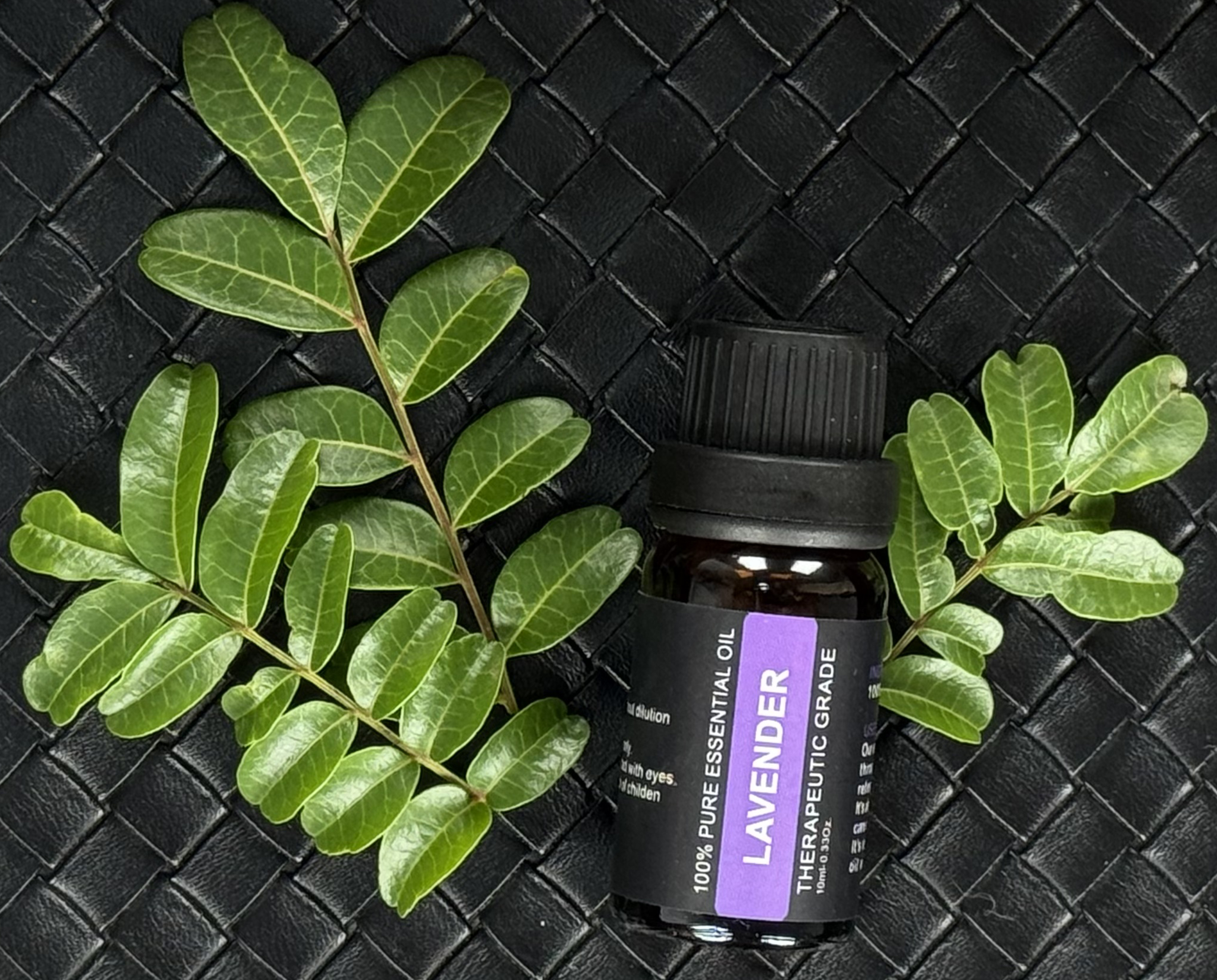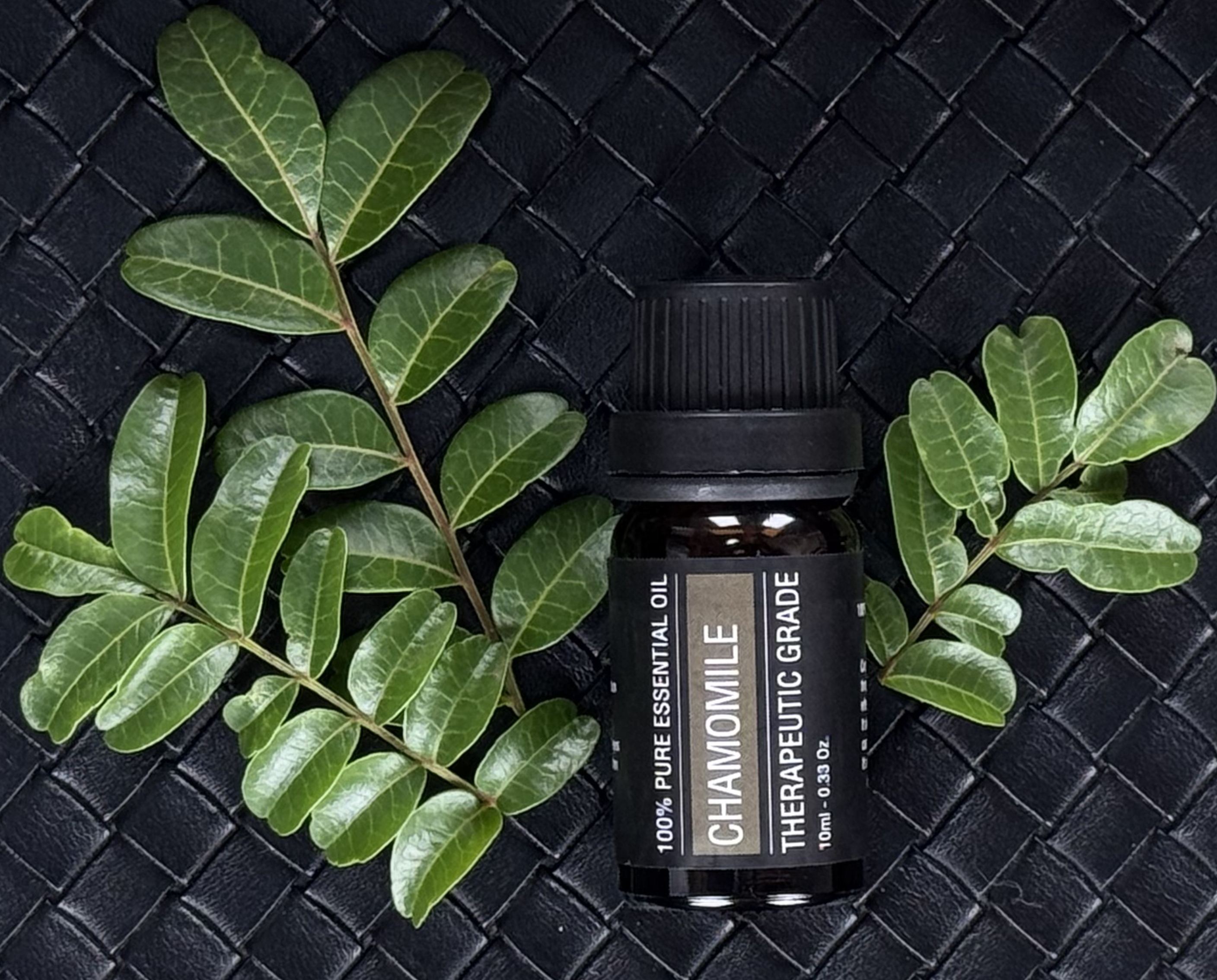Pre-sleep anxiety affects millions of people worldwide, creating a frustrating cycle where worry about sleep prevents actual sleep. Understanding and implementing effective anxiety management techniques can break this cycle and restore peaceful nights.
Understanding Pre-Sleep Anxiety
Pre-sleep anxiety, also known as bedtime anxiety or sleep anxiety, occurs when worries, racing thoughts, or physical tension prevent you from falling asleep. This condition can stem from various sources including daily stress, health concerns, or anticipatory anxiety about not being able to sleep.
Common Symptoms
- Racing thoughts or mind that won't "turn off"
- Physical tension in muscles, especially neck and shoulders
- Increased heart rate when lying down
- Worry about the next day's responsibilities
- Fear of not getting enough sleep
- Restlessness and inability to get comfortable
Cognitive Techniques for Calming the Mind
1. The 4-7-8 Breathing Technique
How to Practice:
- Inhale through your nose for 4 counts
- Hold your breath for 7 counts
- Exhale through your mouth for 8 counts
- Repeat 3-4 cycles
Benefits: Activates the parasympathetic nervous system, naturally reducing anxiety and promoting relaxation.
2. Progressive Muscle Relaxation (PMR)
Technique: Starting from your toes, tense each muscle group for 5 seconds, then release and notice the contrast between tension and relaxation. Work your way up to your head.
Why It Works: Helps identify and release physical tension while redirecting focus away from anxious thoughts.
3. The 5-4-3-2-1 Grounding Technique
Practice: Identify:
- 5 things you can see
- 4 things you can touch
- 3 things you can hear
- 2 things you can smell
- 1 thing you can taste
Purpose: Anchors you in the present moment and interrupts anxious thought patterns.
4. Thought Stopping and Reframing
Method: When anxious thoughts arise, mentally say "STOP" and replace the thought with a calming phrase like "I am safe and ready for rest" or "Tomorrow will take care of itself."
Effectiveness: Interrupts the anxiety cycle and redirects mental energy toward peaceful thoughts.
Environmental and Lifestyle Strategies
Create a Worry Window
Set aside 15-20 minutes earlier in the evening (at least 2 hours before bed) to write down worries and potential solutions. This prevents bedtime from becoming problem-solving time.
Implementation: Keep a notebook by your bed. If worries arise at bedtime, jot them down to address during tomorrow's worry window.
Optimize Your Sleep Environment
- Temperature: Keep bedroom between 65-68°F (18-20°C)
- Lighting: Use blackout curtains and dim lights 1 hour before bed
- Sound: Consider white noise, earplugs, or calming nature sounds
- Comfort: Invest in comfortable bedding and pillows
- Electronics: Remove or silence devices that emit blue light
Establish a Calming Bedtime Routine
Sample 30-Minute Routine:
- 10 minutes: Gentle stretching or yoga
- 10 minutes: Reading or listening to calming music
- 5 minutes: Gratitude journaling
- 5 minutes: Deep breathing or meditation
Key: Consistency is more important than perfection. Start with 10-15 minutes if 30 feels overwhelming.
Natural Remedies and Supplements
Herbal Teas and Aromatherapy
- Chamomile Tea: Contains apigenin, which binds to brain receptors to promote sleepiness
- Lavender: Use essential oil in a diffuser or apply diluted oil to pulse points
- Passionflower: Traditional remedy for anxiety and insomnia
- Valerian Root: May help reduce the time it takes to fall asleep
Note: Always consult with a healthcare provider before starting new supplements.
Magnesium and Melatonin
Magnesium: Helps regulate neurotransmitters and may reduce cortisol levels. Consider magnesium glycinate 1-2 hours before bed.
Melatonin: Start with 0.5-1mg taken 30 minutes before desired bedtime. Higher doses aren't necessarily more effective.
When to Seek Professional Help
Consider Professional Support If:
- Sleep anxiety persists for more than 2-3 weeks despite trying self-help strategies
- Anxiety significantly impacts daily functioning
- You experience panic attacks at bedtime
- Sleep problems are affecting work, relationships, or health
- You're using alcohol or substances to cope with sleep anxiety
Treatment Options: Cognitive Behavioral Therapy for Insomnia (CBT-I), anxiety counseling, or medical evaluation for underlying conditions.
Building Your Personal Anxiety Management Plan
Overcoming pre-sleep anxiety requires patience and consistency. Start by implementing 1-2 techniques that resonate with you, then gradually build your toolkit. Remember that what works for others may not work for you, so be willing to experiment and adapt.
Remember: Quality sleep is not a luxury—it's essential for mental and physical health. Investing time in managing pre-sleep anxiety will pay dividends in improved sleep quality and overall well-being.




